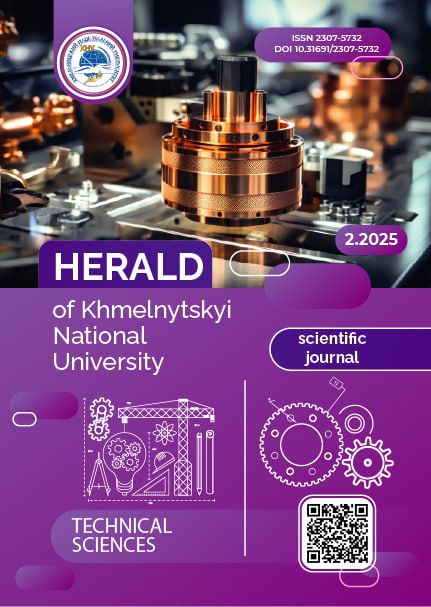IMAGE QUALITY ASSESSMENT USING A SUBJECTIVE EVALUATION METHOD WITH A SINGLE STIMULUS
DOI:
https://doi.org/10.31891/2307-5732-2025-349-56Keywords:
image quality assessment, deep neural network, neural network training, TID2013 database, subjective method of image evaluationAbstract
This article presents a research of the subjective method of evaluating images of deep learning technology, in particular, one of its varieties - the single-stimulus method. The importance of subjective evaluation is that it is used to determine how an image looks to a real user. This approach is based on the psychophysics of vision; which analyses how various visual factors affect perception. The purpose of the study is to analyse the criteria by which users evaluate image quality using subjective image quality assessment methods; to find out how different groups of users evaluate image quality in real conditions using a single-stimulus method; to identify the advantages and disadvantages of the subjective assessment method for the single-stimulus model. An important stage of the study was to conduct it in real conditions without the use of special equipment. For better representativeness of the sample, different groups of users with normal or corrected-to-normal vision were involved to obtain diverse evaluations. All respondents were divided into 4 groups: group N1 - respondents belonging to the artistic industry, group N2 - respondents - professional photographers and videographers, group N3 - ordinary users of the same age, group N4 - ordinary users of different ages. A total of 60 respondents took part. A reference image from the TID2013 database collection was selected for the study and the MOS scale was used. The results of the study show that group N2 was the most demanding to evaluate, which corresponds to the professional level of the respondents, and group N4 was the least critical. Image clarity is more important for professionals, but less important for ordinary users. Professionals paid more attention to technical details, while ordinary users focused on the overall impression and aesthetics of the image. The study revealed the positive and negative aspects of the subjective single-stimulus evaluation method. The advantages include high relevance: assessment of aesthetic and emotional aspects, detection of hidden defects, differentiation by groups, etc. Among the disadvantages are time-consuming, resource-consuming, individual perception, technical support, etc. The review of basic concepts and methods demonstrates the need to integrate subjective assessments with deep learning technologies to improve image quality assessment. This will help to create adaptive models that better match human perception.
Downloads
Published
Issue
Section
License
Copyright (c) 2025 ОЛЕСЬ ТЕГЛІВЕЦЬ, ЮЛІЯ ТЕГЛІВЕЦЬ (Автор)

This work is licensed under a Creative Commons Attribution 4.0 International License.

